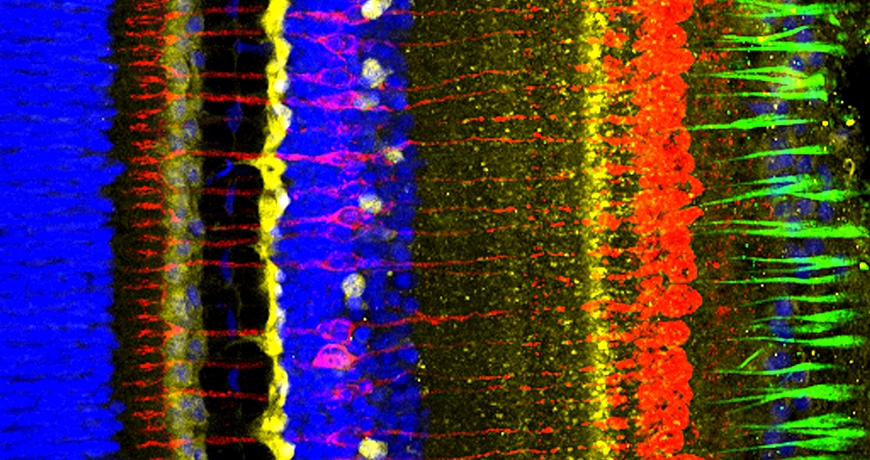|
How to work with AI Artificial intelligence is making its way into our work environments, from industrial manufacturing to research. But how can we best exploit potential synergies of man and machine, and what must we consider? |
|
Rating railroad noise Acoustic experts created a simulation tool for railroad noise. This will help to develop technical and structural measures that are particularly effective to prevent or at least reduce the stressful sounds. |
|
Out of thin air To prevent irreversible and damaging changes to the Earth’s climate system, we need to remove excess CO2 from the atmosphere. This is the goal of a large-scale research initiative at Empa: Mining the Atmosphere. |
|
The thinnest layers Yaroslav Romanyuk is heading the Thin Films and Photovoltaics lab at Empa. With his team he develops applications for solar cells, printed circuits or novel solid-state batteries, while supporting a start-up is in the pipeline. |
|
Spying on blood cells Empa researchers have observed living red blood cells transforming into spiky “echinocytes” in real time when treated with high concentrations of ibuprofen using holotomographic microscopy. |
|
Battery-go-round Empa and Kyburz Switzerland AG are looking for ways to recycle end-of-life lithium-ion batteries in an efficient and resource-saving way. A specially developed experimental facility breaks down batteries into their components. |
|
Better batteries Empa scientist research innovative materials for the batteries of tomorrow. Whether it’s fast-charging electric cars or low-cost stationary storage, there’s a promising material or a novel manufacturing process for every application. |
|
Mapping the knee Using 3D models based on micro-CT analyses, Empa researchers are mapping the blood vessels of the meniscus on a nanometer scale to provide an improved basis for clinicians in order to reduce the risks of knee operations. |
|
Atomic defects Crystal defects can change the properties of materials for new data storage devices drastically. Researchers at Empa's Electron Microscopy Center analyze these defects at the atomic level. |
|
Going with the flow Non-toxic and scalable water-based flow batteries would be a good solution for storing renewable energy in urban areas. Empa researcher David Reber wants to improve their low energy density with clever materials design. |
|
Toxic ingredients Although strict limits exist, batteries can still contain hazardous ingredients such as mercury, cadmium and lead. Empa has laid the foundations for efficient controls with a novel tailor-made analysis for heavy metals. |












